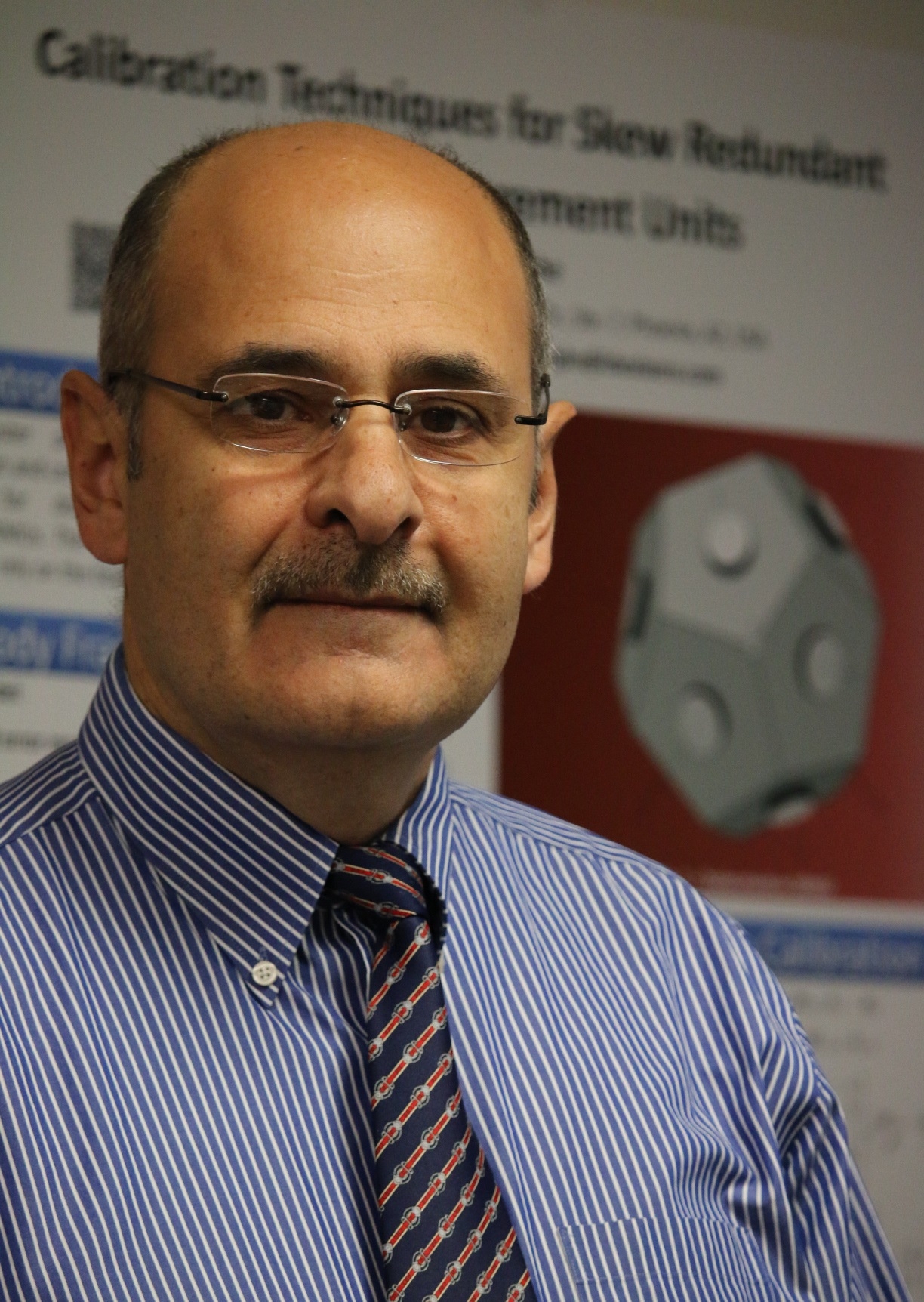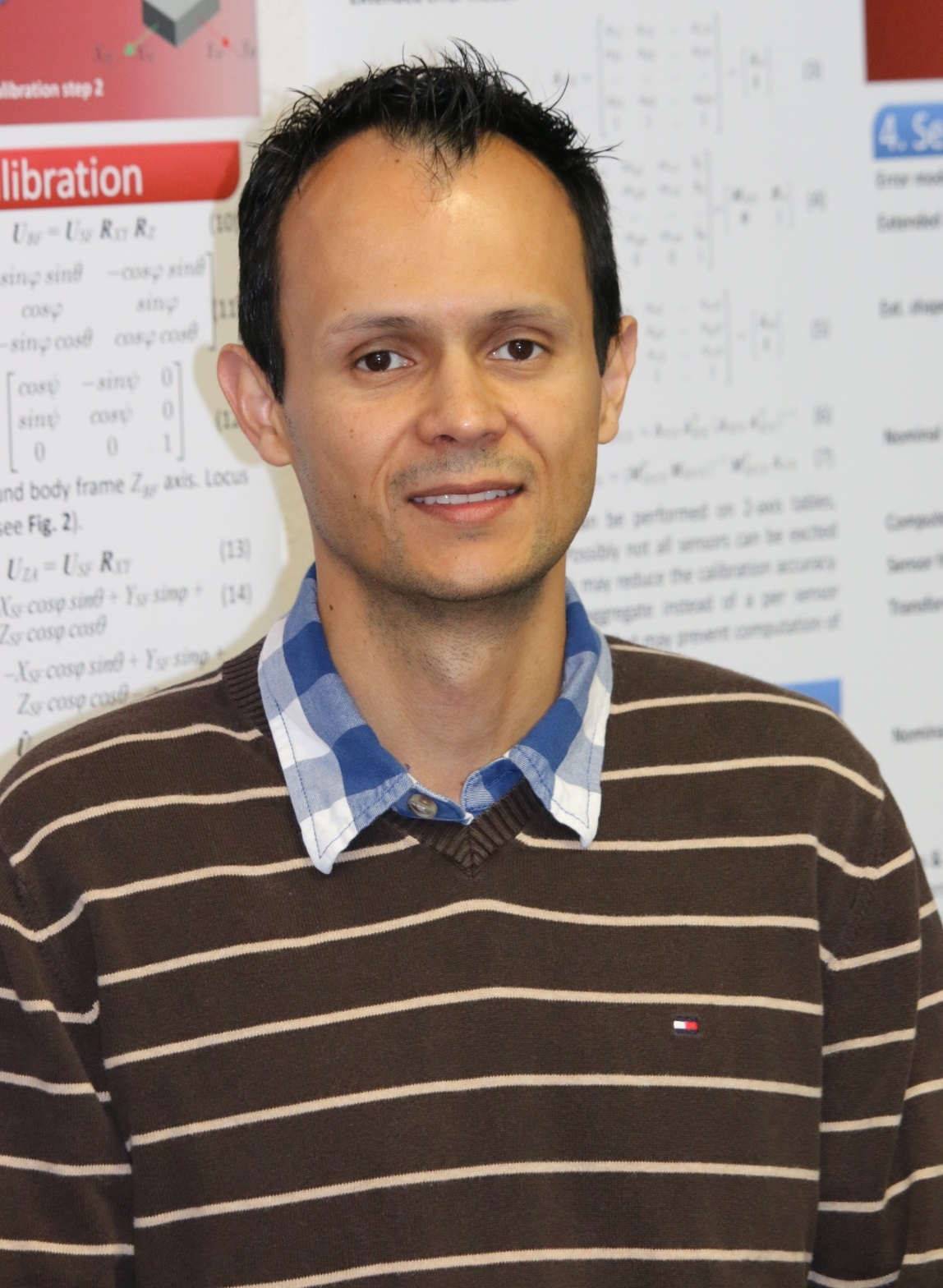Abstract
MEMS-based inertial sensors are ubiquitous in many applications primarily due to their size and cost benefits. It is important to note that even when the inertial sensors are calibrated individually prior to being assembled in higher level assemblies, such as inertial measurement units (IMU), the packaging process may induce other issues such as misalignments or errors caused by temperature gradients inside the case.
Two main factors elevate the importance of parallel calibration and testing: cost per unit and throughput. This tutorial covers a number of topics that are encountered in parallel calibration and testing of MEMS-based inertial sensors and is supported with real-life examples from a system designed to calibrate and test 30 IMUs in parallel. The presented topics range from theoretical to practical and encompass mechanical, electrical, and software design aspects.
Given the ever-expanding range of applications for MEMS-based inertial sensors in recent years, parallel calibration and testing is expected to play an even bigger role going forward by matching affordability and performance.
Notwithstanding the focus on MEMS-based inertial sensors, the concepts presented in this tutorial apply directly or through extension to the calibration and testing of tactical grade and navigation grade IMUs and inertial sensors.
Presenter Bios
Marius V Gheorghe
Ideal Aerosmith Inc.

Marius Gheorghe has earned a degree in electrical engineering from the Polytechnic Institute of Bucharest, Romania in 1986.
A great deal of his professional career was dedicated to designing test equipment used in a variety of applications ranging from the semiconductor industry to military jet aircraft, nuclear submarines and space programs. Prior to joining Ideal Aerosmith Inc., where he holds the position of Engineering Manager, he has worked for over 14 years with a world leader in ATE manufacturing in Ontario, Canada. His portfolio includes substantial hardware and software design, award-winning ATE and technical leadership. In addition to his industry experience, he has authored papers on inertial sensor calibration techniques and has taught at the Polytechnic Institute of Bucharest and the Advanced Computer Training for Engineers, Toronto.
Mr. Gheorghe is a member of IEEE and licensed as Professional Engineer in Ontario, Canada. He has been awarded the Distinguished Committee Service Award for his contribution to the development of the IPC/WHMA-A-620A standard in 2007 and his Horizon 1500 wiring analyzer design was awarded The Best in Test by Test and Measurement World in 1996.
Rodrigo Barajas Ruiz
Ideal Aerosmith Inc.

Rodrigo Barajas was born in Mexico in 1977. He received his Bachelor’s degree in Electrical Engineering from the Monterrey Institute of Technology and Higher Education in the city of Queretaro, Mexico in 1999.
After graduation, he began a career in the design and development of test equipment and has been working in this field for over 15 years. He is currently a Sr. Design Engineer with Ideal Aerosmith Inc. in Phoenix, AZ. Since joining Ideal Aerosmith in 2006, he has been involved in the hardware and software design of test systems for programs as diverse as military vehicles proving, extra wide body aircraft avionics development and space launch vehicles. His involvement in the inertial field includes the development of calibration systems for IMUs and directional drilling sensors. In addition to his technical contributions, Mr. Barajas has also fulfilled the role of technical lead on major projects.


